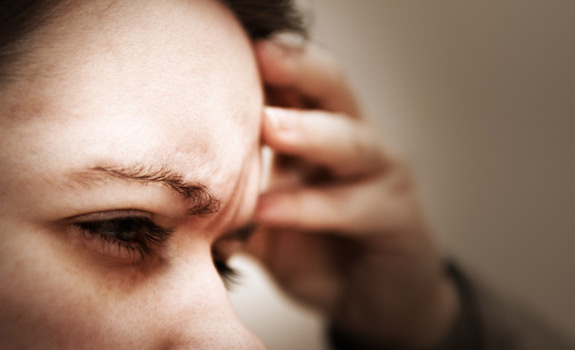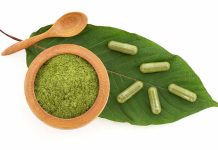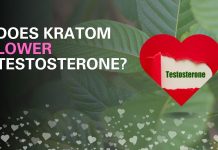With the increasing recreational use of Kratom, one is coming across the problem of Kratom dependence, Kratom addiction, and Kratom tolerance. Undoubtedly when these problems encountered, one hears about the Kratom withdrawal.
Obviously, if you take the same strain of Kratom more than twice a week in high doses, it’s likely that you are going to develop Kratom dependence and that would lead to the appearance of withdrawal symptoms if Kratom is not taken.
So how do we deal with this problem? Recently we have come across some Kratom alternatives that actually helps one with the withdrawal symptoms. Let’s have a look at them, and also a brief glance at the Kratom withdrawal symptoms.
What are Kratom withdrawal symptoms?
Kratom withdrawal symptoms are quite similar to opiate withdrawal symptoms, but the ones associated with Kratom are mild in nature.
Kratom withdrawal symptoms may not require immediate medication, and the symptoms last for just a couple of days. The symptoms start appearing when you miss a dose of Kratom after taking heavy doses repeatedly for a week or so. These sickening symptoms may last up to as long as 2 weeks, but usually, they subside within 3 to 5 days.
These withdrawal symptoms consist of excessive sweating, mild nausea, yawning, lethargy, aggression, jerky movements of the limbs, sore muscles, pain in joints and bones, restlessness, runny nose, insomnia with night terrors.
However, the symptoms are restricted to nausea and jerky movements in mild cases of Kratom dependence. If there is a severe form of addiction, one may experience psychotic symptoms like hallucinations, confusion, delusions, and seizures.
What is Phenibut?
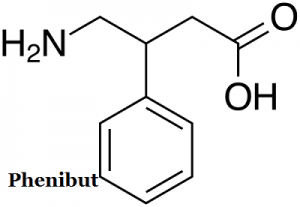 Phenibut, also called beta-phenyl-gamma-aminobutyric acid is a chemical compound that is structurally similar to GABA and happens to reduce the anxiety and stress levels in the human body through its tranquilizing action.
Phenibut, also called beta-phenyl-gamma-aminobutyric acid is a chemical compound that is structurally similar to GABA and happens to reduce the anxiety and stress levels in the human body through its tranquilizing action.
It helps in alleviating insomnia and other sleeping disorders like night terrors etc. It helps in countering fear and uplifting mood. It has been used for the treatment of alcoholism, stuttering, asthenia, vestibular disorders as well as an alternative to Kratom.
Just like Kratom, it acts as an anxiolytic, brings about calmness and well-being. It enhances muscle relaxation. It can readily cross the blood brain barrier due to the phenyl ring present in it.
This makes it a sedative drug.
Also, it acts as an antagonist at the α2δ subunit-containing voltage-gated calcium channels.
It mainly acts on the GABA receptors of the brain as an agonist. Due to its nootropic effects, it acts as a sedative. It reduces fear and anxiety levels and also induces euphoria to a considerable extent as it enhances the levels of dopamine in the striatum.
As it plays a similar role to that of Kratom in the body, it is rightly an alternative to Kratom as well as a drug that can help one with Kratom withdrawal symptoms.
What is Kava?
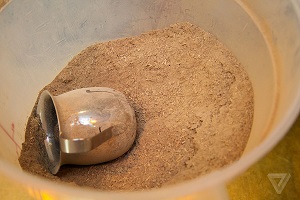 Piper Methysticum or Kava Kava is a drug with several alkaloids and kavalactones that produce sedative and hypnotic effects. These alkaloids cause euphoria, relaxation, and calmness.
Piper Methysticum or Kava Kava is a drug with several alkaloids and kavalactones that produce sedative and hypnotic effects. These alkaloids cause euphoria, relaxation, and calmness.
Kava enhances confidence levels thus increasing social behavior. It also serves as a medication to relieve insomnia and sleep disorders. It acts as a muscle relaxant and assists in reducing mood swings.
It is a narcotic tea-like drink that consists of more than 18 kavalactones. These kavalactones act as anxiolytics, painkillers, anticonvulsants, and hypnotics.
The bioactive ingredients present on Piper Methysticum or Kava include methysticin, dihydromethysticin, kavain, dihydro kavain, yangonin, and desmethoxyyangonin.
Other than the kavalactones, Kava has 12 other types of lactones, small amounts of awaine, pipermethysine, and glutathione.
Piper Methysticum works by a number of pathways which include; Gluatminergic signaling, Dopaminergic signaling, GABAergic signaling and serotonergic signaling.
How does Phenibut and Kava help in Kratom withdrawal?
Phenibut and Kava both help in the Kratom withdrawal. The primary mechanism is that both these substances act in a similar way to Kratom.
Just like Kratom, both Phenibut and Kava are anxiolytics. They act as analgesics like Kratom. They cause muscle relaxation in a comparable way as that of Kratom. Though they work on different receptors and have different active ingredients yet the outcome is the same.
So, if one want to get rid of Kratom addiction, the best way is to go for these alternatives.
The way Kratom is a psychoactive drug, and it makes one socially active, same is the case with Kava and Kratom.
At higher doses of Kratom, one feels induction of calmness, muscle relaxation, and sedation. Kava also causes sedation so does Phenibut as it has a phenyl ring that can cross the blood-brain barrier.
Kava and Phenibut both reduce stress and helps in achieving a calm and steady state of mind. They increase the focus levels and enhance cognitive performance similar to that of Kratom.
Side effects of Phenibut and Kava
Phenibut and Kava have a severe side effect profile. Kava is a known hepatotoxic substance while Phenibut causes quick built up of tolerance and dependence.
Phenibut is also known to cause loss of libido and erectile dysfunction. Kava, on the other hand, causes discoloration of skin, mucosa, and nails. It also causes allergic skin reactions, scaly rash and respiratory disorders like dyspnea.
Conclusion
In conclusion, both Kava and Phenibut are the best alternatives to Kratom, and they can actually help in Kratom withdrawal, but it is important that the dose of Phenibut and Kava should be regulated to avoid any possible side effects from occurring.


